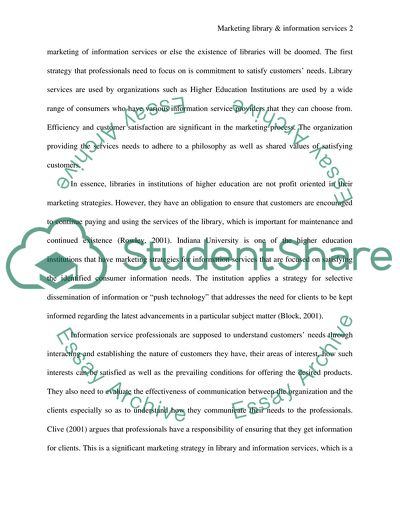Cite this document
(Marketing Library & Information Services Research Paper, n.d.)
Marketing Library & Information Services Research Paper. Retrieved from https://studentshare.org/marketing/1740614-report-2
Marketing Library & Information Services Research Paper. Retrieved from https://studentshare.org/marketing/1740614-report-2
(Marketing Library & Information Services Research Paper)
Marketing Library & Information Services Research Paper. https://studentshare.org/marketing/1740614-report-2.
Marketing Library & Information Services Research Paper. https://studentshare.org/marketing/1740614-report-2.
“Marketing Library & Information Services Research Paper”, n.d. https://studentshare.org/marketing/1740614-report-2.


